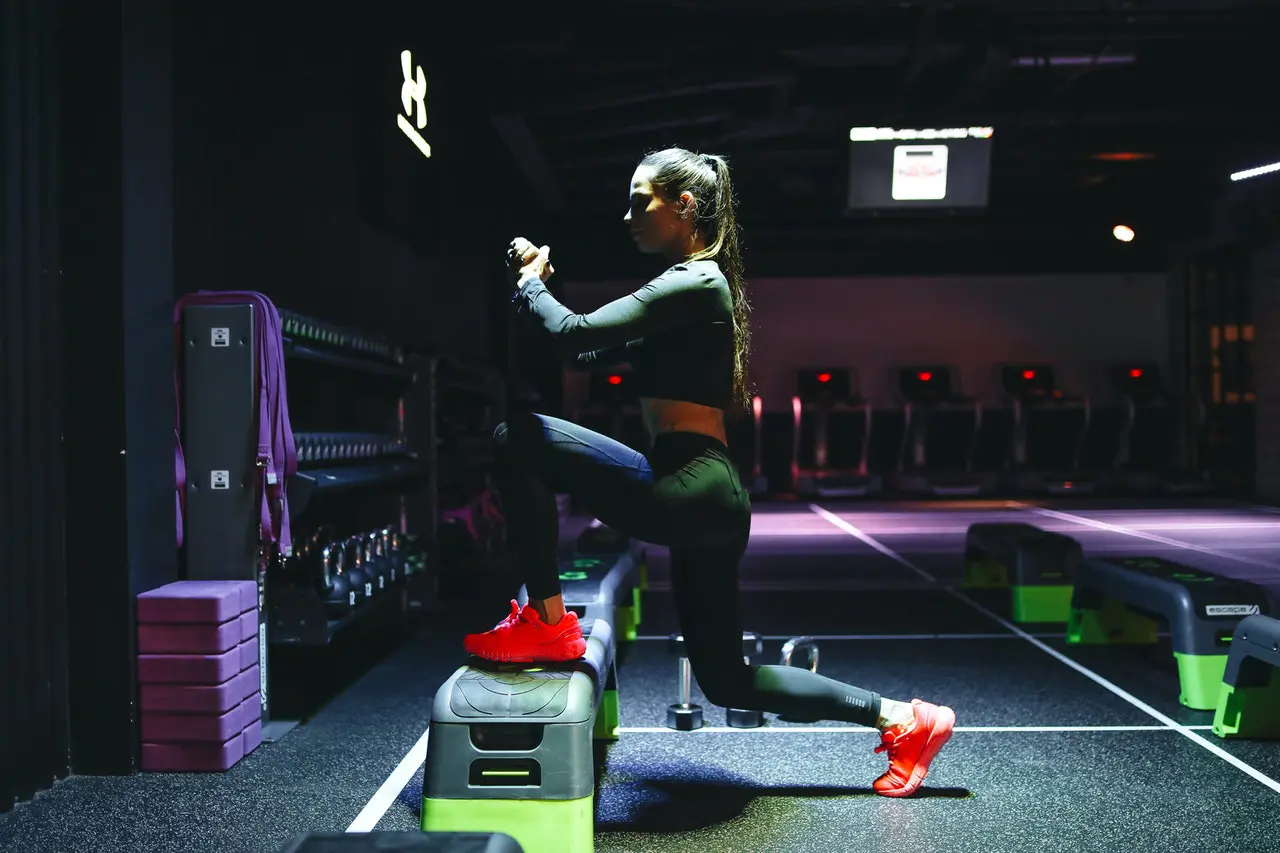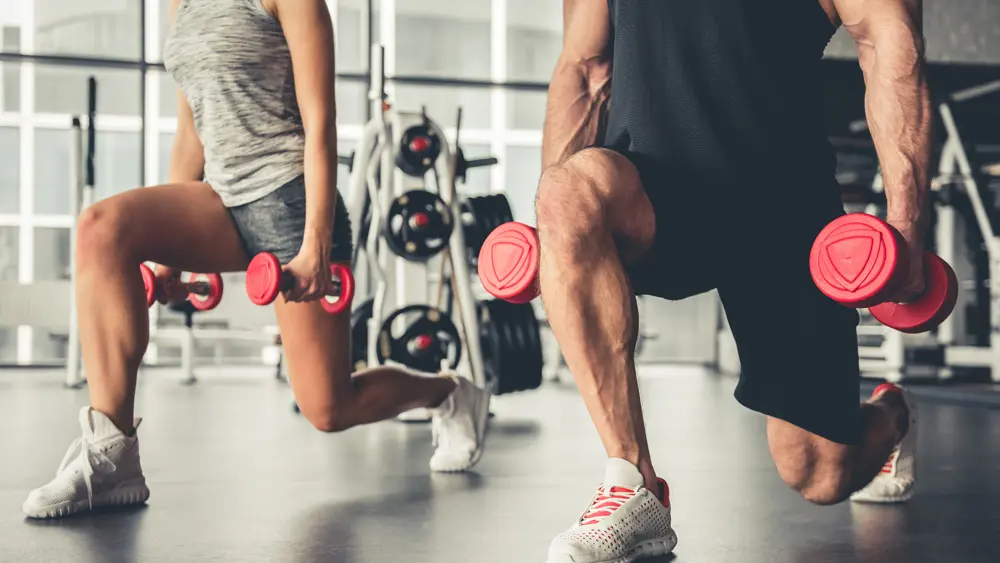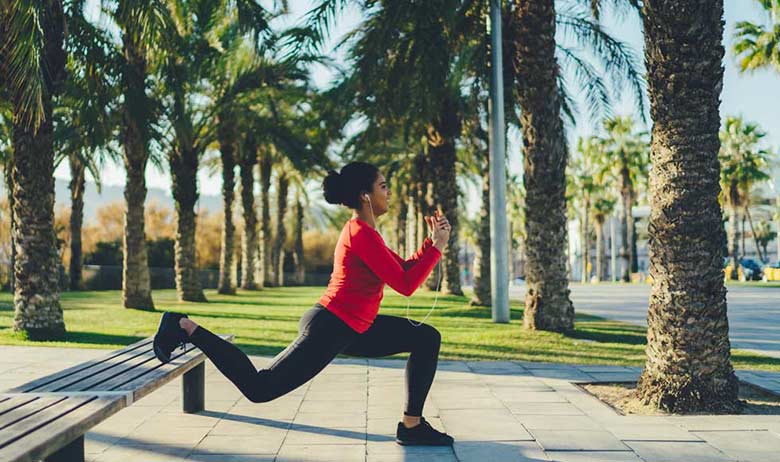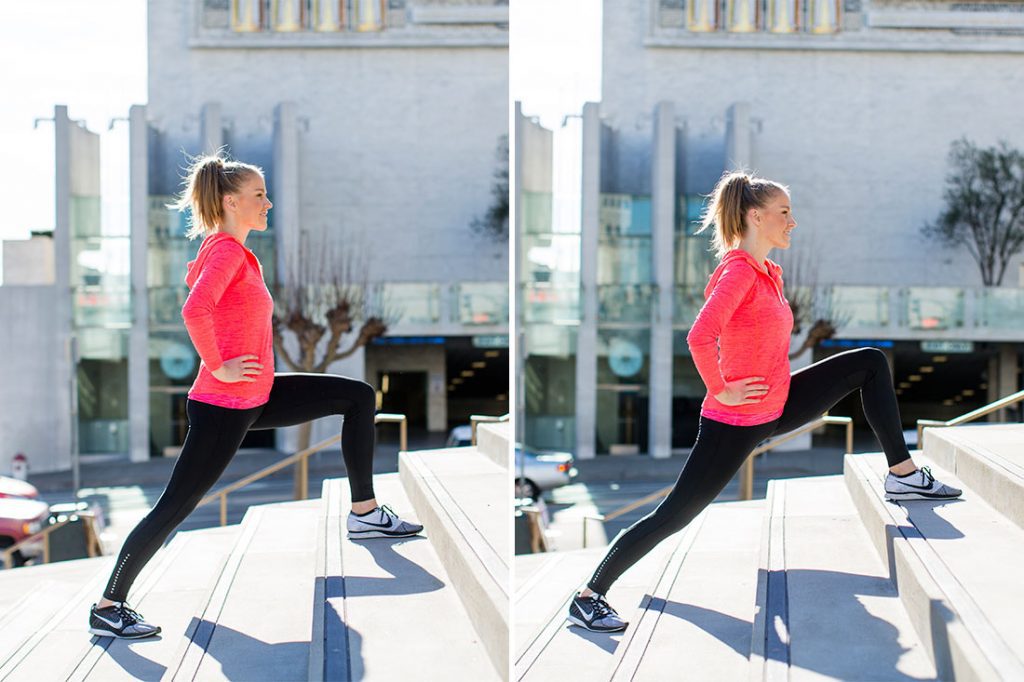
The best online fitness resource you'll ever need. We filter out the BS to ensure you meet your health and fitness goals!

The best online fitness resource you'll ever need. We filter out the BS to ensure you meet your health and fitness goals!

Pulsing – moving through a small part of an exercises to form a short, repetitive motion – represents a great addition to any resistance training regime. Barre and yoga classes make common use of it, but it can be used on the gym floor as ably as any full range of motion exercise.
If you’ve ever made use of pulsing, you will be familiar with the intense burn you feel throughout. But we all know that hypertrophy needs full ranges of motion, right? What place, then, does pulsing have in our muscle building programmes?
Well, quite a good place, actually. Pulsing does a lot for our bodies and brings about some decent benefits. Shortening your range of motion means that muscle fibres are continually contracted, much as they would be during an isometric exercise. Fuller range of motion exercises bring a moment of release, at which tension disappears, often entirely.
It is fatigue, not load, that elicits growth in the muscles. We can maximise this fatigue by manipulating range of movement and repetition speed. Pulses represent a great way to maximize fatigue when lifting light weights for higher repetitions, especially through higher volume work like bodyweight or high-rep lunges.
When we come out of the lunge, our active muscles – broadly speaking, the glutes, hamstrings, quads and lower backs – disengage.

If you are training to strengthen your leg muscles, to elicit hypertrophy or improve explosive force, and to enhance your overall fitness and athletic ability, then you should be performing lunges fairly regularly. They should feature almost as prominently in your leg training as larger movements like squats.
Lunges will help you to strengthen the vital muscles of your back, hips, and legs, while improving mobility and stability.
Working the large muscle groups of your lower body, core and lower back, through multiple joints and directions of travel, lunges deliver the same advantages delivered by many other compound exercises. Notably, this means that they use up a lot of energy – measured in calories – which makes them ideal for those looking to shed body weight. They will increase your resting metabolic rate when performed at a correct intensity. They will also help you to build masses of muscles, which will further increase your resting metabolic rate.
Lunges are unilateral exercises that work a wide range of motion. Even when performed as pulses, they will have you moving deeply into the hips and stretching out the quads, to a greater or lesser extent depending on where you take the pulse.
Lunges target your glutes, quadriceps, and hamstrings (more on this below). They will involve you putting most of your weight into your front leg, as you use your back leg to balance, stabilize, and support your entire body. Core activation increases.

Working on one side at a time is inherently unstable. Single leg exercises like these forces your stabilising muscles to come on board, balancing, coordinating and, of course, stabilising your body. Otherwise, you would simply fall over.
Doing this at the kind of exaggerated angle inherent to lunges – even lunge pulses – will cause you to further engage your core as your body adapts to this increased mobility.
Unilateral exercises like lunges are better both for rehabilitation, and for correcting muscular imbalances and misalignments. They ultimately make your body – your musculature, your mobility, and your mind-muscle connection – more symmetrical and even.
They also help you with posture, as they allow you to strengthen the muscles of your back – particularly your low to mid back – without too much stress going into the spine (especially when not performing barbell lunges). Additionally, the strong, stable core they promote, alongside the balance and mindfulness needed to perform them, mean that lunges improve your ability to stand tall under your own weight.
Lunges are a perfect mass and strength builder for the lower body. They especially work your core, legs and backside, which will all come together to result in improvements to posture and mobility, increases in muscle mass, and improved power output.
Muscles worked during lunges include:
It is possible to measure the differences in muscle activation between different exercises, which in turn allows us to estimate the efficacy of each exercise, and of exercises in relation to one another.
Using electromyography, it is possible to see that full-range lunges, that begin fully elevated, bring the movement down through a full range of motion until the rear knee is almost touching the ground before returning to the start position, stimulate all of the above muscles, as expected. In fact, they make use of the full range of global muscles that are involved in pushing your body away from the ground and bringing it to an upright position.

Pulsing lunges, on the other hand, give a far more isolated activation of the quadriceps closer to the knees and the glutes (which are both key for stabilisation, among other things).
Similar differences can be expected between full-range and pulse versions of most compound exercises – squats and chest presses both elicit similar results. Chest press pulses tend to see an increased activation in the latissimus dorsi, which are key stabilisers.
Essentially, in swapping fuller ranges of motion for pulses, we bring the emphasis away from wider muscle hypertrophy and towards the stabilising muscles.
In simple terms, this means that you should think about combining pulse and full-range versions of all major compounds. In this way, you will be able to change up activation patterns, maximising fatigue and forcing adaptation whilst working on building more stable, more balanced movement patterns and mind-muscle connections.